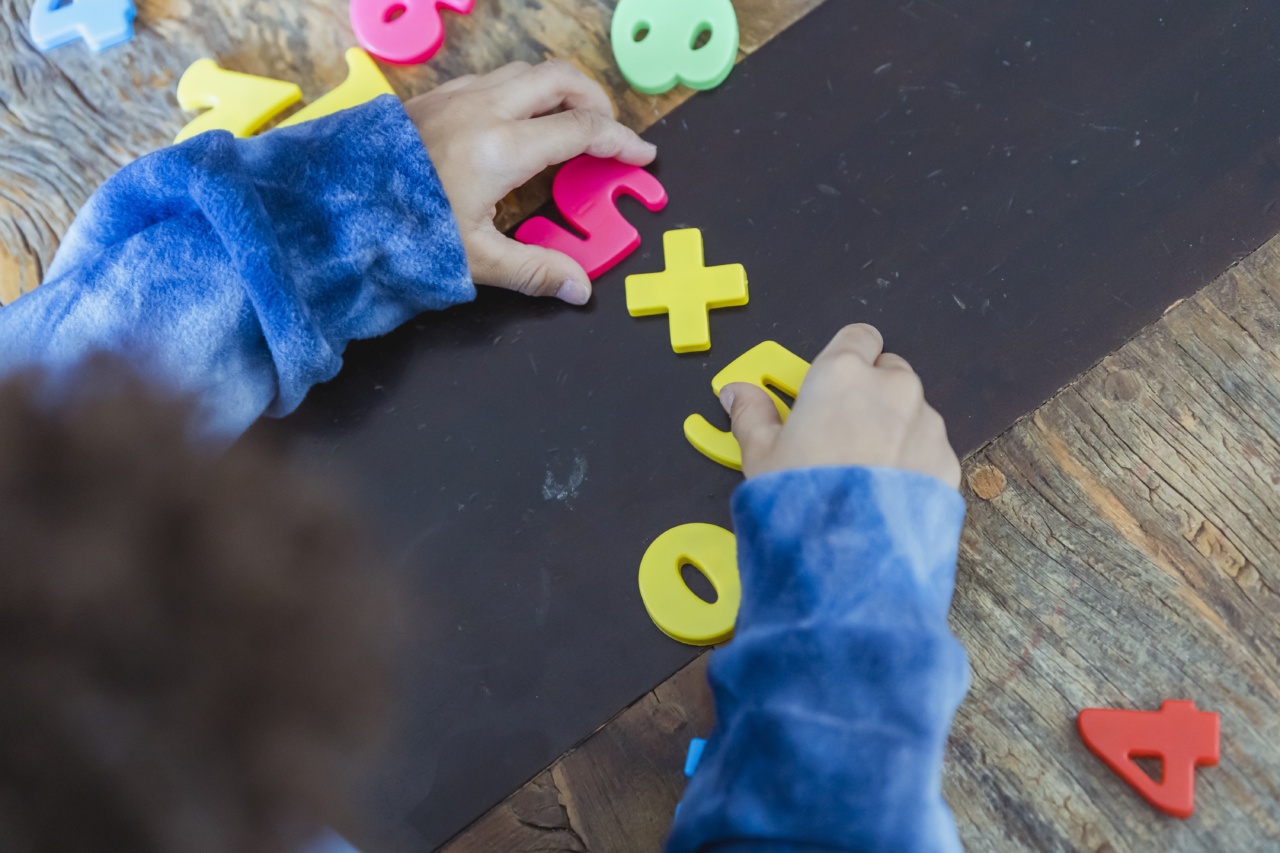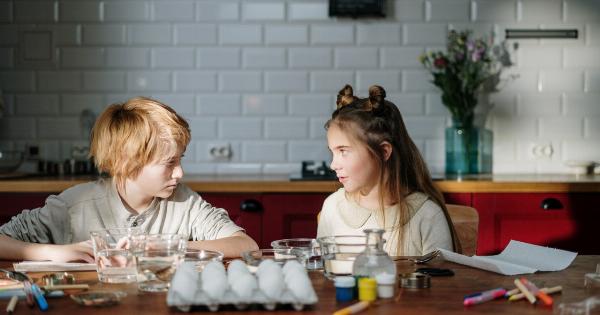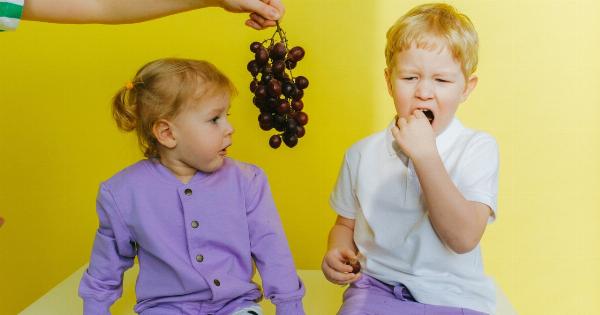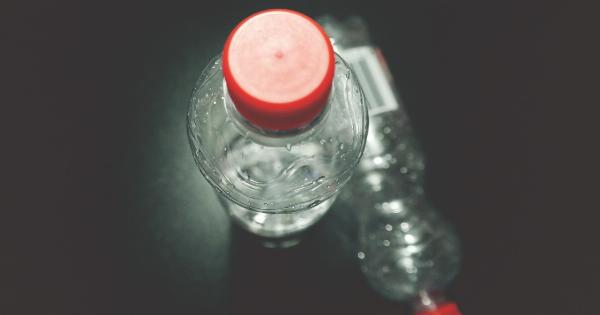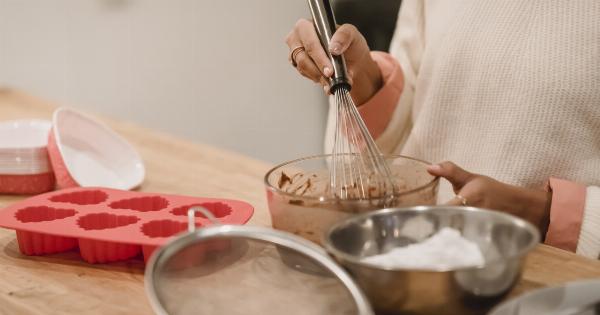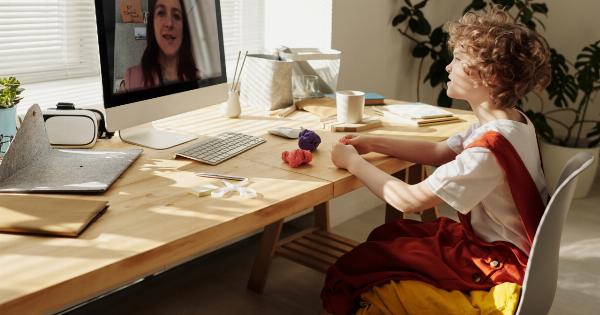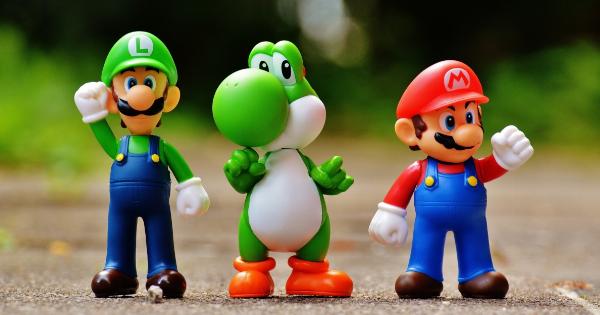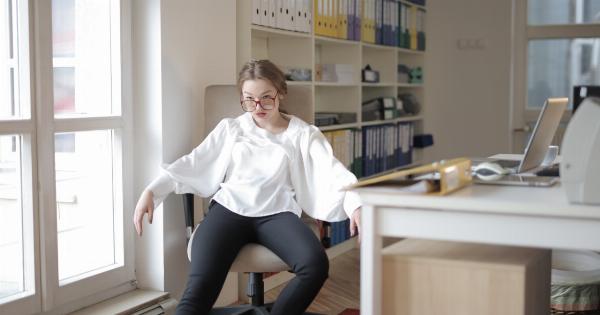As parents, we always want the best for our children. We strive to create safe and engaging environments where they can learn and explore. However, there is one area that many of us may overlook when it comes to potential hazards – the bathroom.
More specifically, the use of plastic toys in the bathroom can pose hidden dangers to our little ones. In this article, we will explore why you should think twice before letting your child play with plastic toys in the bathroom, and provide some alternative options for safer play.
The potential risks of plastic toys in the bathroom
Plastic toys are a common sight in most households with young children. They are colorful, affordable, and easy to clean – making them seemingly perfect for the bathroom environment.
However, there are several reasons why you should reconsider allowing your child to play with these toys in this specific setting.
1. Mold and bacteria growth
Bathrooms are naturally moist and humid environments, providing the perfect conditions for mold and bacteria to thrive. When water gets trapped inside plastic toys, it becomes a breeding ground for these harmful microorganisms.
Mold and bacteria growth on toys can lead to various health issues, including respiratory problems, skin infections, and allergies.
2. Chemical leaching
Plastic toys, especially those made of low-quality materials, can contain harmful chemicals such as phthalates, PVC, and BPA.
When these toys come into contact with warm water, these chemicals can leach into the water and be absorbed by your child’s skin. Prolonged exposure to these chemicals can have adverse effects on your child’s health, including hormonal disruption and developmental issues.
3. Choking hazards
Many plastic toys in the bathroom are small and contain detachable parts that can pose a choking hazard to young children. Bath time can be chaotic, with water splashing and slippery surfaces.
This makes it easier for small toys to accidentally end up in your child’s mouth, leading to a potential choking incident.
4. Slipping hazards
As we mentioned earlier, water and slippery surfaces are common in the bathroom. Plastic toys can easily become slippery when wet, increasing the risk of falls and injuries.
Children may lose their footing while reaching for a toy or slip on one that has fallen onto the floor. Broken bones, sprains, and head injuries can result from these accidents.
Alternative options for safer play
While it’s important to mitigate the risks associated with plastic toys in the bathroom, it doesn’t mean your child can’t enjoy playtime during bath sessions. Here are some alternative options that prioritize safety:.
1. Silicone or rubber toys
Consider replacing plastic toys with silicone or rubber alternatives. These materials do not harbor mold or bacteria as easily, and they are generally free from harmful chemicals.
Look for toys specifically labeled as BPA-free and non-toxic for added peace of mind.
2. Foam toys
Foam toys are another excellent choice for bath time fun. They are soft, floatable, and easy to squeeze. Additionally, foam toys are less likely to cause injuries if accidentally thrown or bumped into.
3. Waterproof books
Introduce waterproof books to the bathroom routine. These books are made from materials that can withstand water exposure. Reading stories during bath time not only encourages literacy but also provides a safe and enjoyable activity for your child.
4. DIY activities
Engage your child’s creativity by involving them in simple do-it-yourself (DIY) activities during bath time. For example, you can make homemade bath paints using cornstarch, food coloring, and baby wash.
These activities not only entertain your child but also ensure that they are using safe and non-toxic materials.
Conclusion
When it comes to our children’s safety, it’s crucial to remain vigilant and informed about potential hazards. While plastic toys may seem harmless, they can pose risks when used in the bathroom.
The growth of mold and bacteria, chemical leaching, choking hazards, and slipping hazards are all concerns associated with plastic toys in this specific setting. By opting for safer alternatives such as silicone or rubber toys, foam toys, waterproof books, and DIY activities, we can create a safer and more enjoyable bath time experience for our little ones.
